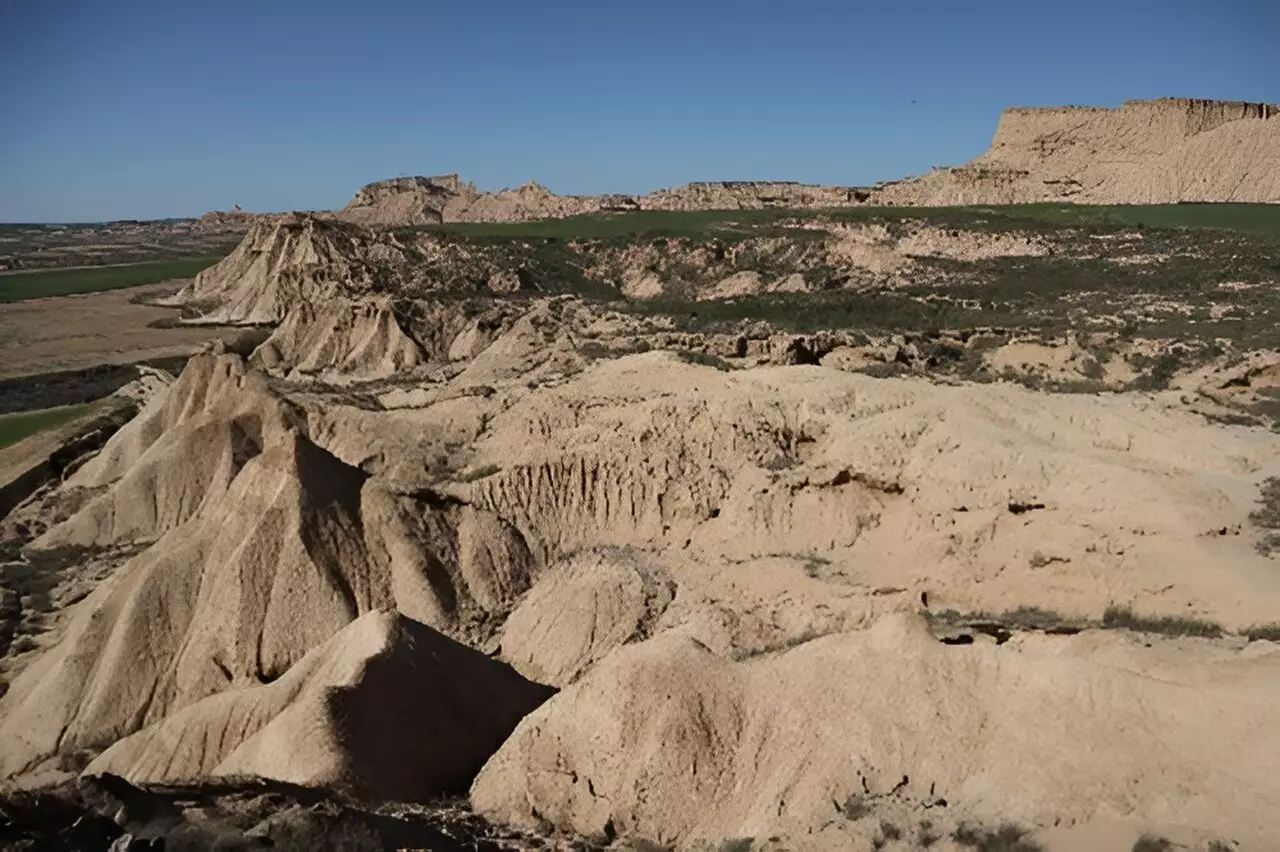Drylands cover nearly half of the world’s land surface, encompassing deserts, shrublands, grasslands, and savanna woodlands. These regions face water scarcity, affecting both natural ecosystems and human-managed landscapes such as agriculture, forestry, and livestock production. Climate change and land management practices have long been recognized as contributors to dryland expansion, but new research reveals a surprising factor – drylands are accelerating their own spread.
Climate scientists from the University of Bristol, Ghent University, Cardiff University, and ETH Zurich collaborated on a study to quantify the process of dryland self-expansion. By analyzing sources of precipitation and heat over newly expanded drylands, they found that existing drylands play a significant role in their own proliferation. The study showed that drying soils in drylands release less moisture and more heat into the atmosphere, leading to reduced rainfall and increased atmospheric water demand in adjacent humid regions.
Over the past four decades, approximately 5.2 million square kilometers of humid land have transitioned into drylands, with more than 40% of this change attributed to dryland self-expansion. Regions like Australia and Eurasia have been identified as experiencing primary dryland spread driven by this phenomenon. As the planet continues to warm, the acceleration of dryland self-propagation poses significant risks to human livelihoods, ecosystems, and socio-economic stability worldwide.
The study highlights the urgent need for climate change mitigation and sustainable land management practices to combat further dryland expansion. By quantifying the impact of distant vegetation responses on dryland proliferation, researchers emphasize the importance of coordinated ecosystem conservation efforts in existing drylands. Efforts are underway to develop land-based adaptation strategies aimed at preventing drought and heat propagation, crucial steps in mitigating the risks associated with escalating dryland spread.
The accelerating spread of drylands is a growing global concern with far-reaching implications for both natural ecosystems and human populations. Understanding the factors driving dryland self-expansion is essential for developing effective mitigation and adaptation strategies to address this pressing environmental issue. By taking action to combat further proliferation of drylands, we can work towards a more sustainable and resilient future for our planet.


Leave a Reply